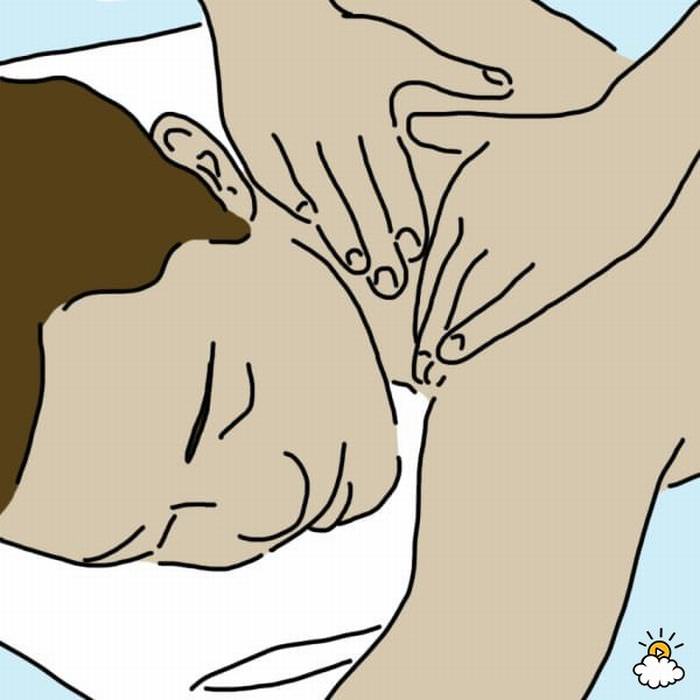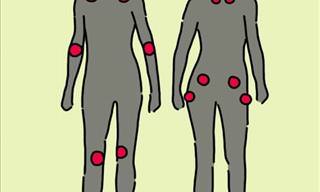Rheumatic diseases have been researched extensively by doctors and medical experts over many years. They are characterized by conditions that affect the joints and muscles. They can arise for many reasons, including failures in the immune system. However, while rheumatic conditions such as arthritis are often talked about, there is one condition that has had little time in the spotlight - fibromyalgia, a chronic disease that affects roughly 4% of the American population (80% of those affected are women aged 35 to 55).
In this helpful guide, we'll take a look at fibromyalgia, its symptoms, lifestyle implications and alternative treatment methods alongside a few simple forms of pain relief. But first, let's take a closer look at what fibromyalgia actually is.
About Fibromyalgia
Most commonly described as a rheumatic, chronic disorder, fibromyalgia causes widespread pain, tenderness, and muscle discomfort. It is often related to arthritis, however, it isn't actually a form of arthritis because it doesn't cause inflammation, or damage joints or tissue. Nevertheless, it can cause severe amounts of pain and bodily fatigue, hindering daily life and regular activities. Its true cause is still in the process of being understood by doctors.
The symptoms
Symptoms of fibromyalgia can present themselves at various times of day, however, they're usually at their worst during the morning or early evening. Symptoms range from dull aches to widespread aches and pains throughout the body. Notable symptoms also include:
- The need to urinate frequently
- Insomnia
- Cramping in the lower abdomen, as well as bloating and nausea
- Difficulty remembering and concentrating on tasks
- Extreme fatigue and lower energy levels
- Stiffness when sitting or standing
- Sensitivity to sharp smells and noises
- Anxiety and depression
Tender points
Image by Maya Bornstein, littlethings.com
Certain points on the body made tender by fibromyalgia can be especially painful. These pressure points, as indicated in the illustration above, are generally located around the shoulders, elbows, knees, breastbone, back of the hand and hips. However, these tender points do not necessarily need to be touched for pain to be triggered - they can be a focal point for pain without being touched at all.
Unfortunately, fibromyalgia can be particularly difficult to treat, because not all doctors are familiar with the condition. It is, therefore, crucial to consult with a physician who is well-versed with the condition. Here are some simple lifestyle changes you can make to help with pain relief.
Treatments for fibromyalgia
Image by Maya Bornstein, littlethings.com
A number of alternative therapies can help reduce pain and stress in the body. Yoga and meditation can be especially useful for people suffering from chronic illness. Tai Chi is another alternative therapy that has been found to work well. It combines slow, gentle movements with meditation and deep breathing, and thus is ideal for alleviating the symptoms of fibromyalgia.
2. Massage therapy
3. Acupuncture
Image by Maya Bornstein, littlethings.com
This trusted alternative treatment has been used for centuries. Thin needles are applied to certain pressure points to ease pain and tension in the body, as well as to balance blood flow and prevent stiffness.
4. Improve your sleeping habits
Image by Maya Bornstein, littlethings.com
Sleep problems and intense daytime fatigue have been linked to fibromyalgia. Ensuring that you get enough sleep is essential for reducing the condition's painful symptoms. Make it a point to go to bed and wake up at the same time every day. It's also advisable to avoid napping during the day to ensure that your nightly sleep is as restful as possible.
5. 5-HTP amino acids
Image by Maya Bornstein, littlethings.com
This natural amino acid promotes the production of serotonin, a neurotransmitter in the brain that also acts as the body's natural painkiller. It has been reported that the supplement can alleviate fibromyalgia symptoms, reducing pain, fatigue, and stiffness.
6. Keep a daily food journal
Image by Maya Bornstein, littlethings.com
Diet plays a significant role in managing symptoms associated with fibromyalgia. As such, no research has been conducted on what foods patients should avoid or add to their diets. Nevertheless, monitoring what you eat can help a great deal. Doing so will help you determine specific foods that aggravate the pain. It is also wise to not drink alcohol or coffee right before bed - doing so may disrupt your sleep.
Source
 Go to BabaMail
Go to BabaMail






























